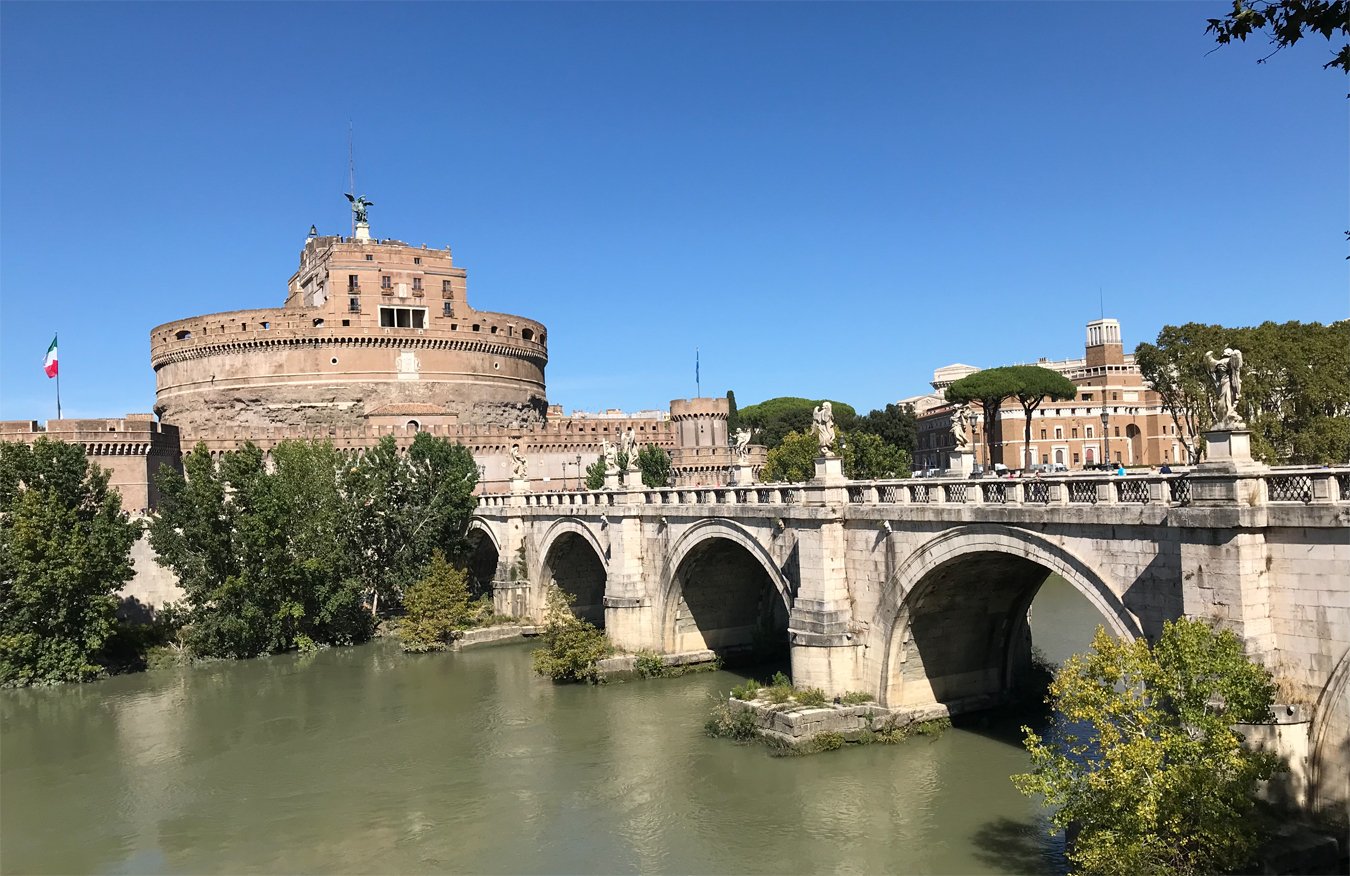When I think about the most creative people I know, I don’t think of famous artists or designers—I think of kids. They’ll turn a stick into a sword, a blanket into a cape, and a cardboard box into a spaceship without hesitation. No second guessing. Just pure imagination. Somewhere along the way, most of us lose that. But I’ve realized it doesn’t have to be gone for good.
For me, staying creative like a kid starts with staying curious. I try to ask more questions—not just about art, but about everything. Why does light hit that wall like that? What would happen if I mixed these two ideas? When I stay curious, I stay open—and that’s when the good stuff starts to show up.
Another thing I’ve learned: play matters. I used to think every creative session had to be productive. Now, I let myself mess around more. I scribble, I doodle, I experiment with no real goal. That’s when things get interesting—when there’s no pressure to be brilliant.
“…play matters.”
And honestly, I’ve had to work on letting go of the fear of looking ridiculous. Kids don’t care if their drawing makes sense—they’re just in it for the joy. I try to tap into that. The less I judge my work while I’m making it, the freer I feel.
I also find that reconnecting with my senses—walking outside, watching how shadows move, noticing tiny details—keeps me grounded and inspired. The world is full of little sparks if I actually take the time to look.
Mostly, I just try to keep that sense of wonder alive. The world’s still magical, if I let it be. And when I do, creativity follows—just like it did when I was a kid.





